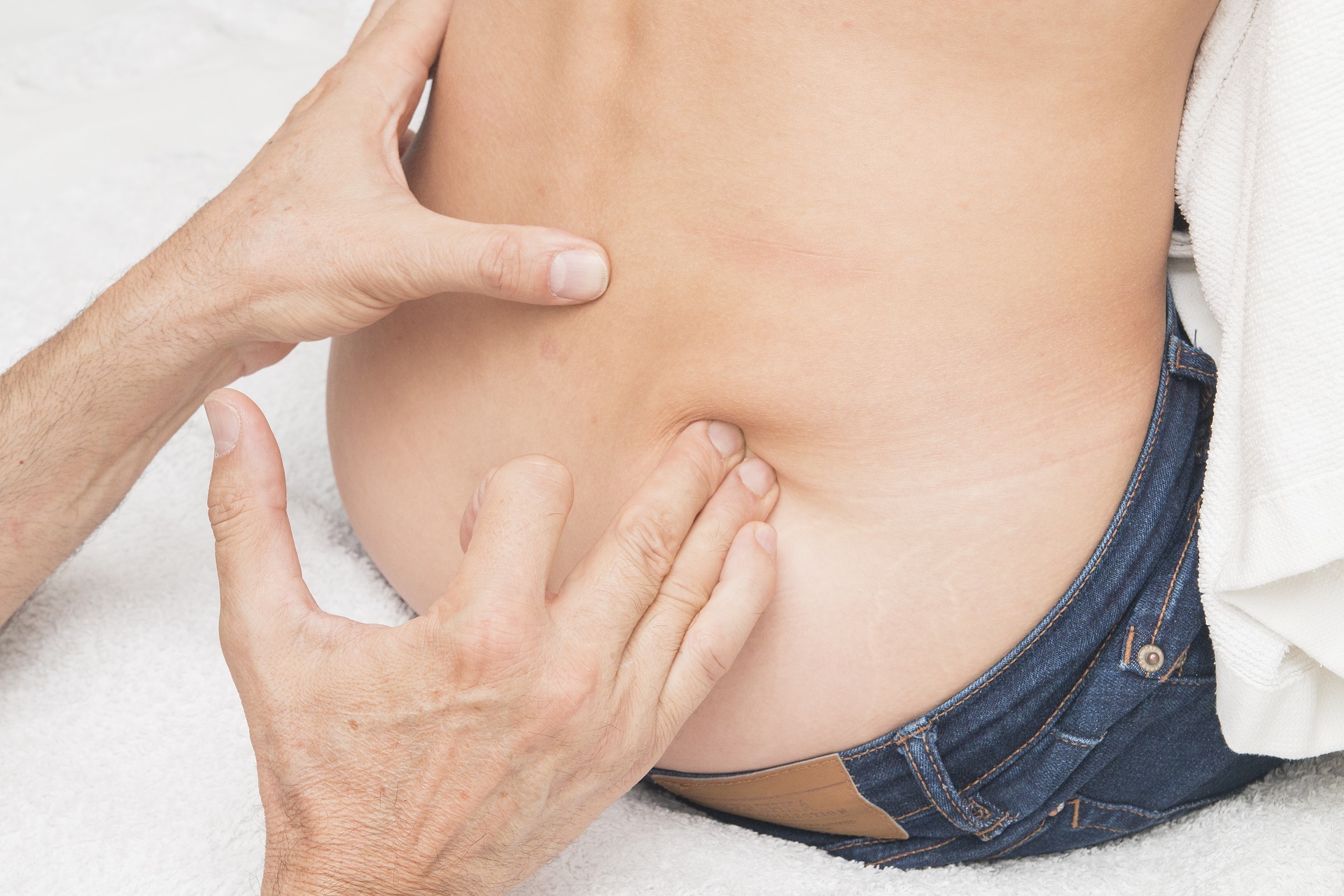Pain in the pelvic region or the joints of the hip is termed hip pain. It’s a common sight in most ads when men and women hold their hips in pain. Hip pain can just be an indicator that you need some rest. However, it could also be signaling to you that something else is wrong. A common pattern I’ve observed at my Ayurveda clinic in Chennai is that people often choose to wait until it is way too late before they seek support. So rather than ignore the pain and wait for it to worsen, you need to watch carefully and then seek the support of an experienced Ayurveda expert before moving on to treatments blindly.
Why don’t we look at hip pain, its possible causes, and treatment options in more detail?
Causes of hip pain
Hip pain can often be the result of excessive workload – probably a function in the family, shifting homes, renovation, or an adventurous outing – because of which you had to work excessively. In such cases, resting your tired body can do the magic.
An injury from the past can sometimes come to haunt you in the form of hip pain, especially if you are not careful to take proper care. It could be a recent traumatic injury, dislocation, or fracture and you have not really allowed your body to heal properly. It could also be an old injury because of which you had to make lifestyle changes and you did not listen to good advice.
Hip pain is also common in sedentary workers. Most of us are guilty of this because our work often forces us to be seated in the same position for long periods. What’s worse than being sedentary? Well, sitting or standing in the wrong posture, of course! Wrong postures can cause a lot of damage, and hip pain is a serious indicator of such damages.
Joint- or pelvis-related Infections and auto-immune disorders can also cause hip pain among other symptoms. This could also be related to tendonitis or conditions such as osteoarthritis, hernia, or even certain types of cancer.
In Ayurveda, hip pain is a strong indicator of vata roga and the treatments are all planned around mitigating the vata roga effectively. So if your hip pain persists despite taking a break and if it worsens then you really need to take the help of your Ayurveda doctor.
Symptoms
Of course there is pain, but you need to worry in case of any of the following:
- Prolonged excruciating pain that worsens with time
- Chronic dull and radiating pain that does not disappear despite care
- Pain that makes movement and carrying out regular activities painful
- Pain that persists overnight, leading to regular morning stiffness
- Additional swelling around the hips
- Any deformities noticed around the joints
Treatment of hip pain
Never blindly jump into treatment or do a self-diagnosis and proceed with self-treatment approaches. So the first step to treating hip pain is to diagnose the cause. Then determine whether hip pain is a symptom of any other underlying condition or is in itself the condition. Then finding the exact location of the pain is critical. The treatment process can be determined only after this step. Since diagnosis is a critical first step in the treatment process, always trust an expert Ayurveda doctor for correction. Some of the critical treatment options I have listed here is about managing the pain. The main treatment in case of an underlying condition would be focused on the condition and hip pain will then be taken up as a symptomatic treatment procedure to manage the pain.
Rest
Ayurveda recommends rest – not bed rest – but to care for the hip region by avoiding strenuous activities that exacerbate the pain
Abhyangam
Choose this massage option with care and choose only experienced therapists since any wrong approach can worsen the condition. But when you do it accurately, abhyangam helps reduce the vata roga effectively.
Kati Vasti
Sittings of about an hour with warm herbal oil or formulation poured into dough-based poultices placed on the region of pain provides immense relief and reduces vata roga.
Yoga
Yoga postures must be selected with care and by an expert because a wrong asana or a wrong posture can harm your body severely.
Food
Focus on food items that strengthen your skeletal structure – choose lentils, milk, and curd, for example. Completely avoid junk food and consume food that is rich in and vitamins.
Lifestyle
Avoid activities that place pressure on your region of pain – strenuous exercise or domestic work. Avoid excessively sedentary lifestyles and choose ergonomic furniture for your home.
Hip pain can be both a condition in itself or a strong indicator that something else is wrong. Never ignore persistent hip pain that worsens with time. Immediately consult an expert Ayurveda specialist who can help you find the cause and treat your pain.


